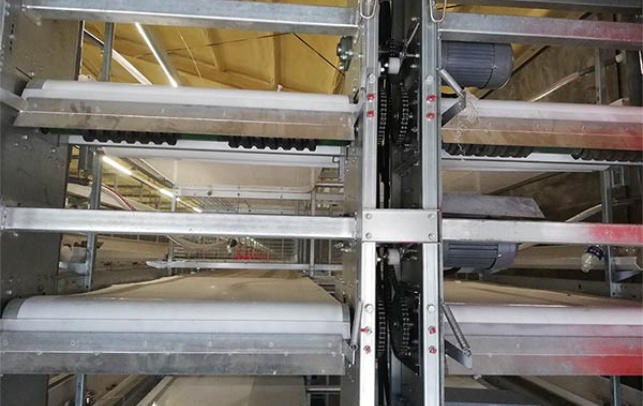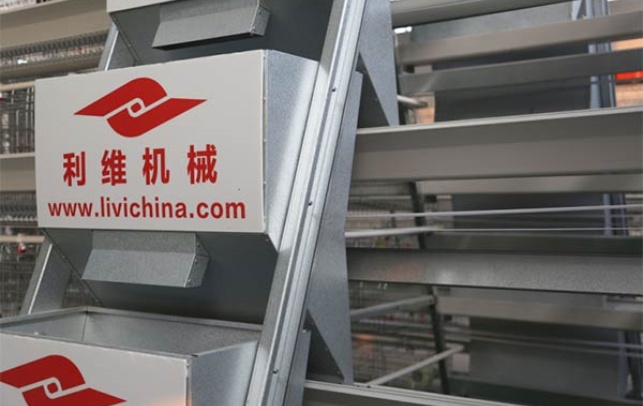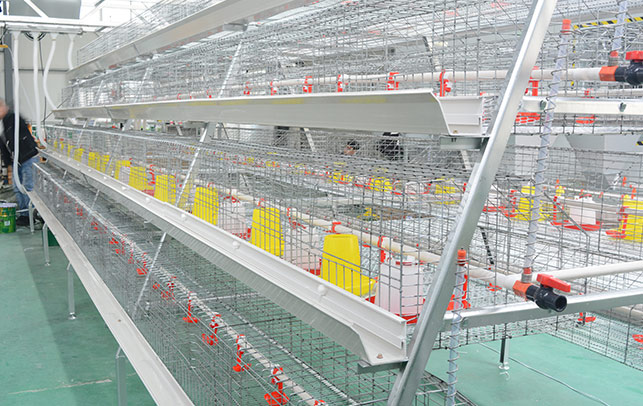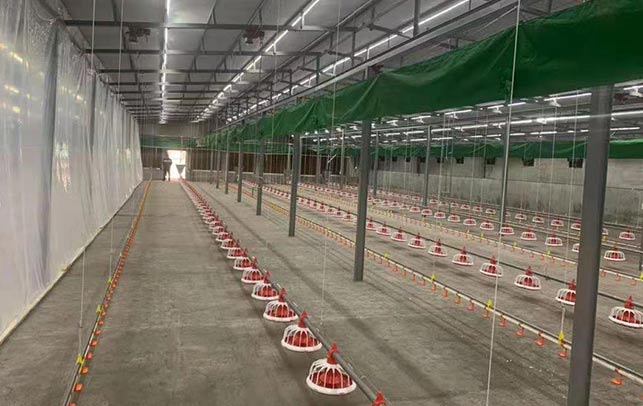What size cage does a chicken need?
Time : 2024-05-27
As poultry farming continues to evolve, the welfare of chickens has become a primary concern for farmers and consumers alike. One crucial aspect of ensuring the well-being of chickens is providing them with adequate space and comfort within their cages. In this comprehensive guide, we will delve into the significance of cage size for chicken welfare, exploring the ideal dimensions, benefits of spacious housing, and best practices for promoting healthy and happy chickens.
The Impact of Cage Size on Chicken Welfare:
The size of a chicken cage plays a pivotal role in determining the overall welfare and quality of life for the birds. A spacious and appropriately sized cage allows chickens to exhibit natural behaviors, such as stretching their wings, dust bathing, and perching, which are essential for their physical and psychological well-being. In contrast, overcrowded or undersized cages can lead to stress, aggression, and health issues among the flock.
Ideal Cage Dimensions for Chickens:
When considering the size of a cage for chickens, several factors must be taken into account to ensure optimal welfare. The recommended minimum space allowance per bird varies depending on the breed, size, and age of the chickens. As a general guideline, laying hens should have a minimum of 1.5 to 2 square feet of floor space per bird, while broiler chickens require slightly more room to accommodate their rapid growth and activity levels.
In addition to floor space, cage height is also crucial for providing chickens with enough headroom to stand upright and flap their wings comfortably. A minimum height of 18 to 24 inches is typically recommended to allow for natural movement and behavior. Adequate cage height not only promotes physical health but also reduces the likelihood of injuries and stress-related behaviors.
Benefits of Spacious Housing for Chickens:
Offering chickens ample space within their cages yields a multitude of benefits that contribute to their overall welfare and productivity. A larger living area allows chickens to move freely, exercise, and socialize with their flock mates, reducing the incidence of aggressive behaviors and injuries. Moreover, spacious housing promotes better air circulation, hygiene, and waste management, leading to improved health and cleanliness within the flock.
Furthermore, providing chickens with sufficient space can enhance egg production, feed efficiency, and overall performance. Chickens raised in spacious cages are less likely to experience stress-related issues, such as feather pecking and cannibalism, leading to healthier and more contented birds. By prioritizing cage size and comfort, farmers can create a conducive environment that supports the natural behaviors and well-being of their chickens.
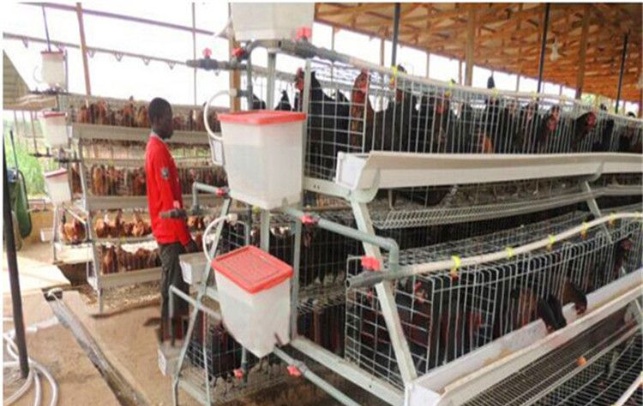
Best Practices for Cage Design and Management:
When designing and managing chicken cages, several best practices can help optimize space utilization and promote chicken welfare. Incorporating features such as perches, nesting boxes, and dust bathing areas allows chickens to engage in natural behaviors and express their instincts. Additionally, ensuring proper ventilation, lighting, and temperature control within the cage helps create a comfortable and healthy environment for the birds.
Regular monitoring of cage conditions, cleanliness, and bird behavior is essential for identifying any issues or signs of distress promptly. Farmers should also implement a regular cleaning and maintenance schedule to prevent the buildup of waste and pathogens, ensuring a hygienic and safe living environment for the chickens. By adopting proactive management practices, farmers can uphold high standards of welfare and care for their flock.
Conclusion:
In conclusion, the size of a chicken cage is a critical factor that significantly impacts the welfare, health, and productivity of the birds. Providing chickens with adequate space and comfort within their cages is essential for allowing them to exhibit natural behaviors, reduce stress, and thrive in a controlled environment. By understanding the importance of cage size and implementing best practices for housing design and management, farmers can create a conducive and sustainable environment that prioritizes the well-being of their chickens.
As the poultry industry continues to evolve, it is imperative for farmers to prioritize chicken welfare and invest in housing solutions that promote a high quality of life for their flock. By recognizing the significance of cage size and implementing welfare-focused practices, farmers can contribute to the ethical and sustainable production of poultry products while ensuring the happiness and health of their chickens.






